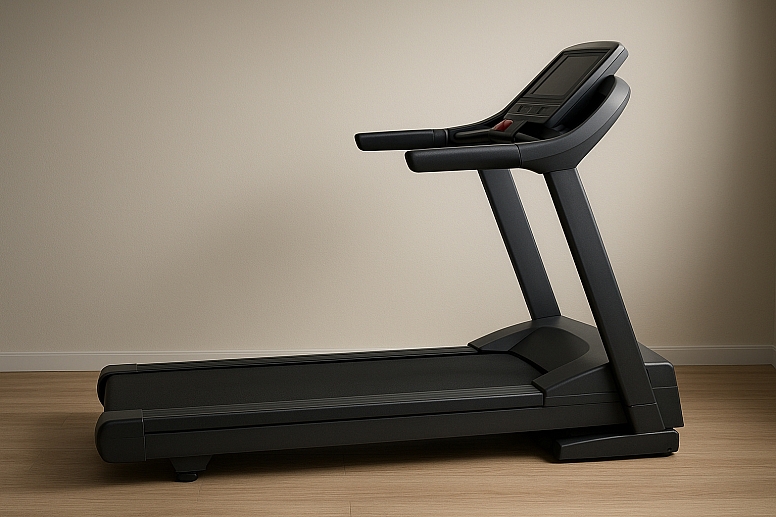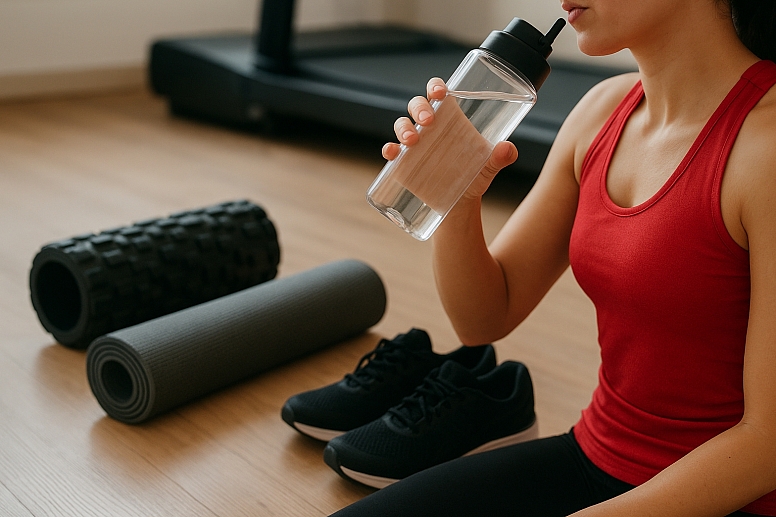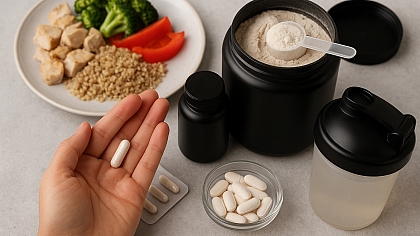
Effective Tips for Muscle Recovery After a Tough Workout
After an intense workout session, muscle recovery becomes crucial for maintaining performance and preventing injuries. The recovery process allows the body to heal and rebuild muscle fibers that have been stressed during exercise. Ignoring proper recovery can lead to fatigue, decreased performance, and a higher risk of injury. Adopting effective recovery strategies is essential for anyone engaged in regular physical activity. We will outline several proven tips to enhance muscle recovery and optimize your fitness journey.
Importance of Hydration
Hydration plays a fundamental role in muscle recovery and health. After a vigorous workout, the body loses fluids through sweat, which can lead to dehydration. Dehydration can result in muscle cramps, fatigue, and impaired performance. Replenishing fluids after exercising is crucial. Water should be the primary choice for rehydration, but electrolyte drinks can help restore lost minerals.
According to the American Council on Exercise, it is recommended to drink two to three cups of water for every pound of body weight lost during exercise. Establishing a consistent hydration routine before, during, and after workouts is essential for optimal recovery.

Nutrition and Protein Intake
Nutrition significantly impacts muscle recovery, and adequate protein intake is vital. Consuming protein after a workout helps repair and rebuild the damaged muscle tissues. Research suggests that consuming protein within 30 minutes to two hours post-exercise optimizes recovery. Aim for about 20–30 grams of protein from sources such as lean meats, dairy products, beans, or protein shakes.
Carbohydrates play a critical role, as they replenish glycogen stores depleted during exercise. Combine protein and carbohydrates for a balanced recovery meal. Nutrient timing, consisting of both macronutrients post-training, accelerates recovery processes and prepares the muscles for the next workout.
Active Recovery Techniques
Incorporating active recovery techniques can enhance your recovery process significantly. Active recovery involves engaging in low-intensity, low-impact activities that promote blood flow without straining the muscles. Walking, cycling, or swimming at a moderate pace can help alleviate muscle soreness and stiffness. These activities encourage circulation, delivering nutrients to the muscles and removing waste products from exercise.
Stretching plays a crucial role as well, and gentle stretches can alleviate tightness and improve flexibility. Some practitioners recommend modalities such as red light therapy, which can potentially accelerate recovery by reducing inflammation and promoting cellular repair. Consistently incorporating these techniques into your routine can support long-term performance, prevent injury, and promote overall physical well-being.
Rest and Sleep
Sufficient rest and quality sleep are essential components of muscle recovery. The body repairs itself during sleep, making it a critical factor for recovery. Adults should aim for seven to nine hours of sleep per night to allow for optimal recovery. Lack of sleep can adversely affect muscle repair and increase recovery times.
Establishing a consistent sleep routine, creating a comfortable sleep environment, and minimizing disruptions during the night can enhance sleep quality. Practicing relaxation techniques, such as deep breathing or meditation, may help improve sleep patterns and recovery.
Utilizing Foam Rollers and Massage
Foam rolling and massage therapy are popular techniques to assist in muscle recovery. Foam rolling can help release muscle knots and tension, improving blood flow and flexibility. This self-myofascial release technique encourages quicker recovery by increasing the circulation of blood and nutrients to the affected muscles.
Professional massages can alleviate soreness, reduce tension, and promote relaxation. These techniques enhance blood flow and stimulate the production of endorphins, aiding both physical and mental recovery. Incorporating regular foam rolling sessions into your routine can pay dividends in your recovery and performance.
Listening to Your Body
Understanding your body is a critical aspect of muscle recovery. Pay attention to how your body responds to workouts and the signs of fatigue or soreness. If you consistently feel overly fatigued or sore, it may indicate that you need to adjust your training intensity or recovery practices.
Avoid pushing through pain, as this can lead to injuries. Modifying workouts to include lighter days or incorporating rest days into your routine is essential for long-term health and fitness. Adopting a proactive approach by adjusting exercise and rest schedules can lead to sustained performance growth.
Utilizing Compression Gear
Compression garments have gained popularity among athletes for their potential benefits in muscle recovery. Wearing compression sleeves or leggings during and after workouts can improve blood circulation, which helps to decrease muscle soreness and speed up recovery.
Several studies indicate that compressive clothing reduces muscle vibration, which may help minimize muscle damage. For optimal recovery and preparedness for future workouts, consider including compression gear in your exercise regimen, particularly after high-intensity training sessions.
Effective muscle recovery is paramount for anyone engaging in regular workouts. By focusing on hydration, nutrition, active recovery techniques, and incorporating practices like foam rolling and compression gear, you can expedite healing and improve performance. Regularly listening to your body and ensuring adequate rest will lead to better fitness outcomes. Implement these strategies to enhance your muscle recovery process and enjoy the benefits of a fitter and healthier lifestyle.









